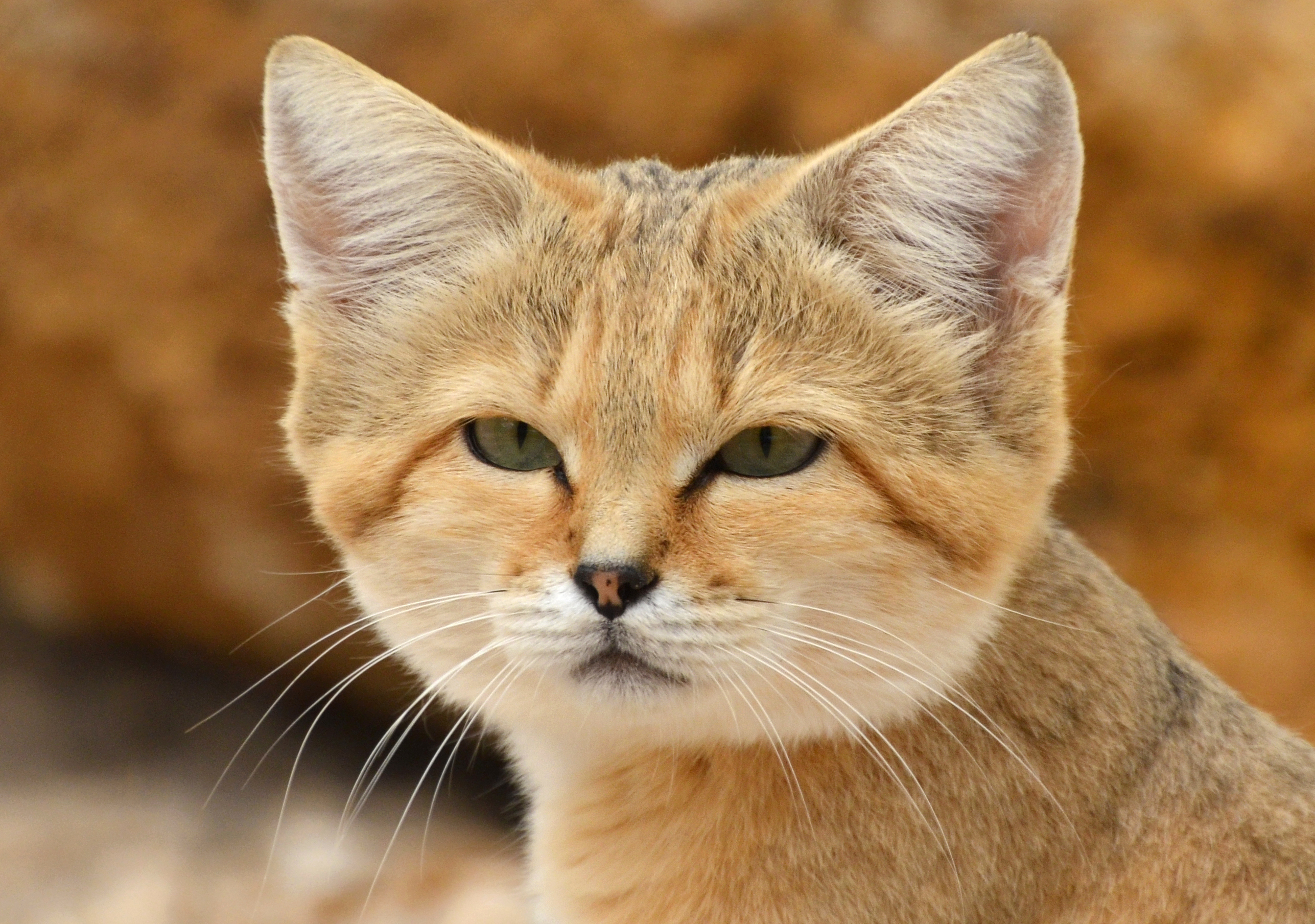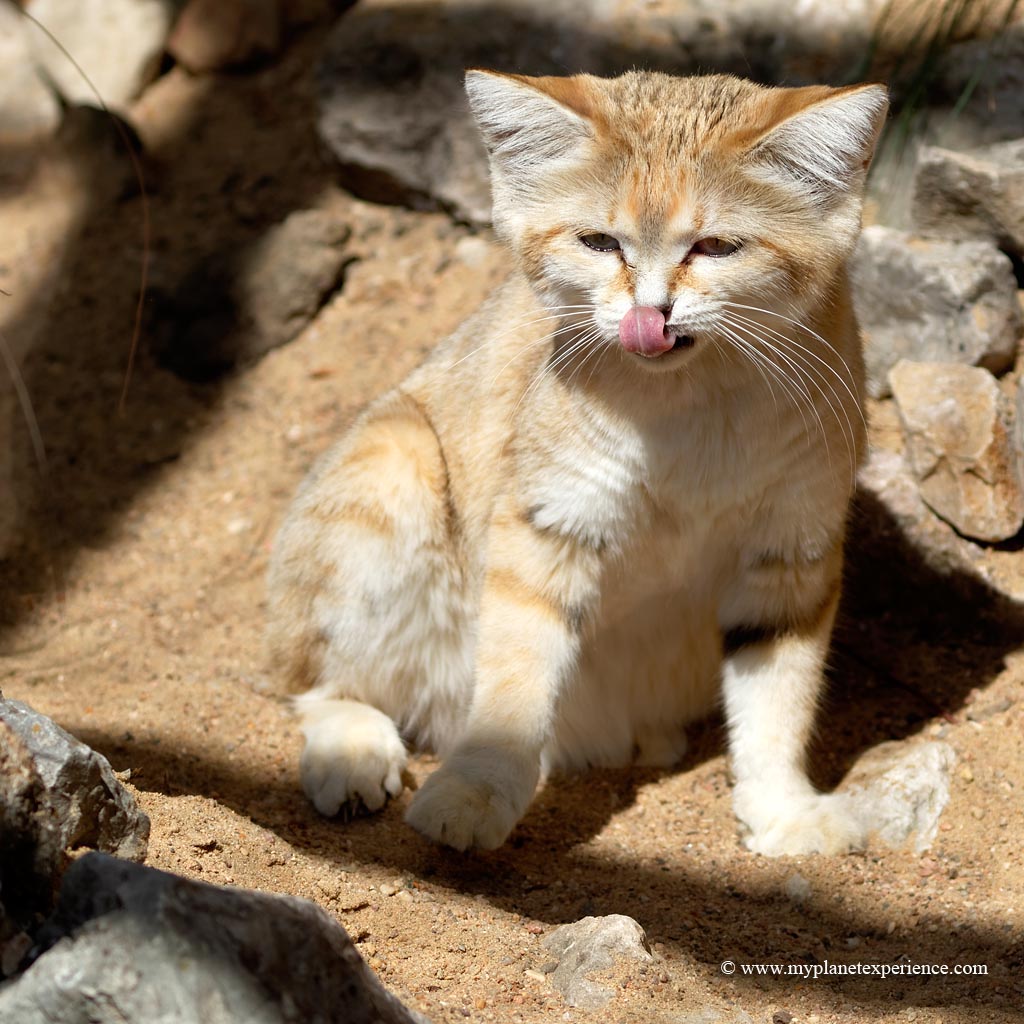Sand Cat Habitat And Food

The cats large ears help to provide it with excellent hearing.
Sand cat habitat and food. The long legs of the stately serval allow it to make spectacular leaps into the air to catch birds in flight. In North Africa the cat appears in numerous locations. Its 57 cm short ears are set low on the sides of the head aiding detection of prey moving underground.
The sand cat hunts animals to eat prey at night when it is cooler. The sand cat is the only felid found primarily in true deserts. Habitat degradation is the major threat to the sand cat.
Sand cats are active during the night nocturnal animals to avoid high temperatures above 52 degrees of Celsius during the day. Wars and political strife harms the sand cat by harming its habitat. Carnivorous feeding mainly on desert rodents such as jerboas as well as birds lizards and invertebrates.
Vulnerable arid ecosystems are being rapidly degraded by human settlement and activity especially livestock grazing Allan and Warren 1993 Al-Sharhan et al. The magnificent Arabian Sand Cat appears to have a widespread though disjointed distribution. Its head-and-body length ranges from 3952 cm with a 2331 cm long tail.
The sand cat of North Africa and the Middle East survives in a land with very little water by hunting at night and sleeping and keeping cool during the day. It starts to hunt when it gets dark and works all night until dawn. Farmers shepherd dogs sometimes kill sand cats.
Sand cat hides leftovers of food in the sand. The rare vascular plants that characterise sandy habitats and which will come to benefit from the Sand Life measures include sea holly wild thyme dwarf everlast. Three different caretakers took care of the health and feeding of the animal and cleaning of the enclosure.


















